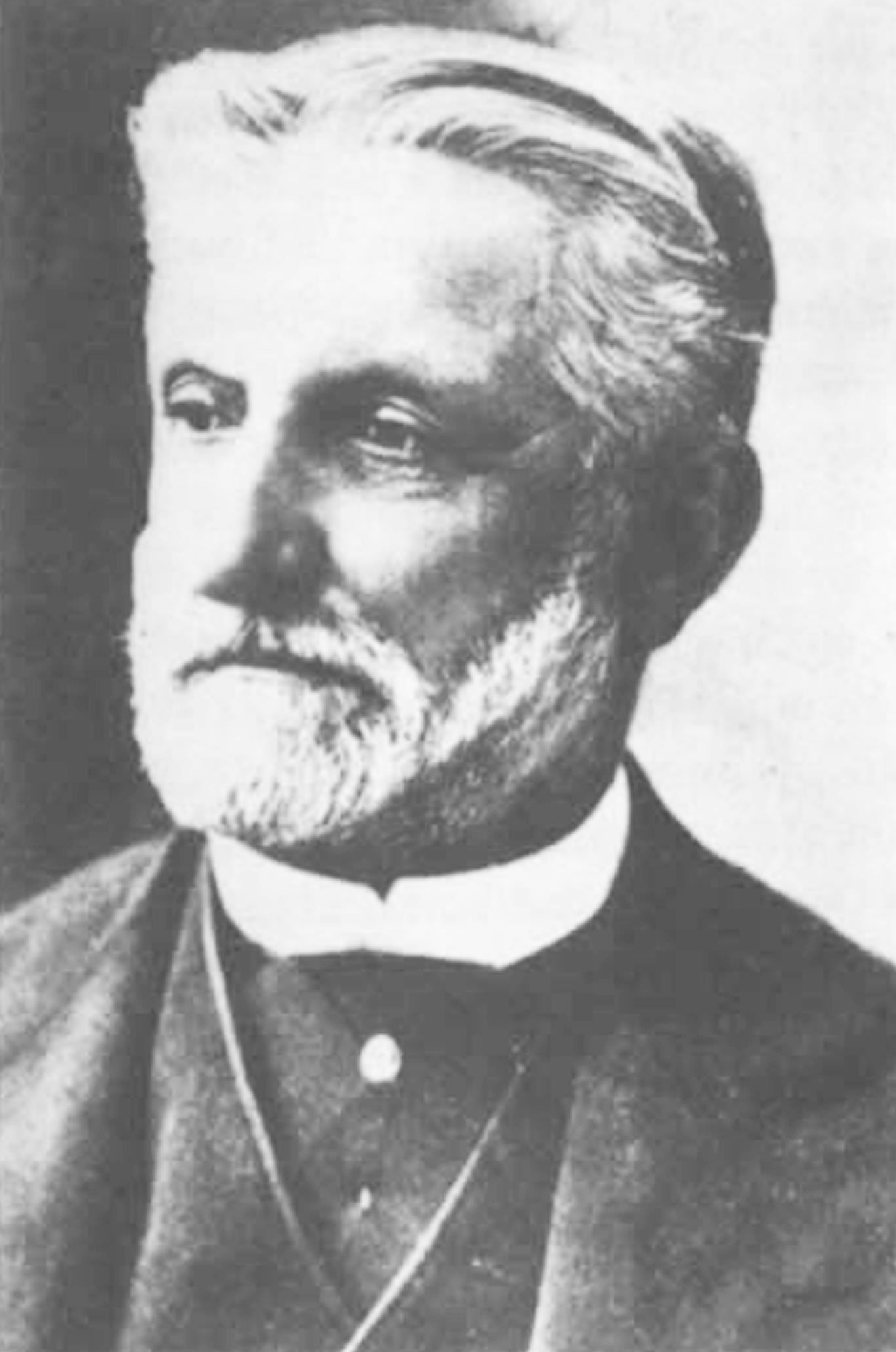 Andrew Sexton Gray was born at Limerick in 1826, the only child of George Blanchard Grey, captain in the 67th (South Hampshire) Regiment, garrisoned in Ireland. Captain George Grey married Mary Ann Sexton, one of six sisters, but while his wife was pregnant he was transferred with his regiment to India, where he died of fever shortly after landing at Bombay. Mrs Grey had remained in Ireland, and in 1826, in Limerick, their son was born and named Andrew Sexton Gray.; Mrs Grey died during Andrew’s childhood, so he was reared by one of his mother’s sisters, Mrs Massey, who later lived with the Grays in Melbourne.
Andrew Sexton Gray was born at Limerick in 1826, the only child of George Blanchard Grey, captain in the 67th (South Hampshire) Regiment, garrisoned in Ireland. Captain George Grey married Mary Ann Sexton, one of six sisters, but while his wife was pregnant he was transferred with his regiment to India, where he died of fever shortly after landing at Bombay. Mrs Grey had remained in Ireland, and in 1826, in Limerick, their son was born and named Andrew Sexton Gray.; Mrs Grey died during Andrew’s childhood, so he was reared by one of his mother’s sisters, Mrs Massey, who later lived with the Grays in Melbourne.
Andrew studied medicine, surgery and midwifery in Dublin. At that time there was no formal medical course, but teaching of various subjects was conducted at many hospitals. Medical instruction in Dublin was based on the concepts practised in Edinburgh and was of a high standard due to the presence of famous teachers and competition between the various schools. Gray would have completed his general medical training about 1846. He then became assistant to William Wilde FRCSI, founder and surgeon of St Mark’s Ophthalmic Hospital and Dispensary for Diseases of the Eye and Ear, in Dublin.
On 9 January 1852 Andrew passed the examination for admission to Membership of the Royal College of Surgeons of England. Shortly after he obtained his MRCS, Gray was appointed a surgeon-superintendent to the Colonial Land and Emigration Commissioners. The surgeon-superintendents were not only ships’ surgeons — they were in charge of the emigrants and responsible for their welfare and discipline. Gray was said to have made “several" voyages to the Australian Colonies.
On 3 November 1858 Andrew Sexton Gray married Elizabeth Ann (Bessie), eldest daughter of George William McNalty MD at the church of St Peter, Dublin (later demolished), and on 10 November they were aboard the sleek sailing ship Hornet, leaving England on Gray’s last voyage as surgeon-superintendent. The Grays began their lives in Victoria on 15 April 1859. The Colony of Victoria had no obligatory medical registration, but the Medical Board maintained a voluntary register to which Andrew Sexton Gray’s name was added 2 May 1859.
Andrew was appointed Resident Surgeon to the construction company building the Geelong- Melbourne – Ballarat railway. On the completion of this work he came to Melbourne and began the special practice of ophthalmic and aural surgery. From 1863, for some years he conducted an eye hospital entirely at his own expense, admitting only the poor and the needy. In 1868 Dr. Gray was appointed surgeon for life to the hospital, which had then become a public institution. In 1870 it amalgamated with the Ophthalmic and Orthopaedic Institution founded August 1869 by Aubrey Bowen (0culist) and E. M. James (surgeon). The amalgamated body, named the Melbourne Eye and Ear Institution, continued from 1 January 1871.
On 29 July 1873 the name was changed to The Victorian Eye and Ear Hospital, because it served the whole State of Victoria and not only Melbourne. After prolonged negotiations with the government, it occupied a new hospital on its permanent site in l881. Gray was Honorary Surgeon and a member of the Committee of Management for 44 years. In 1886 the first resident surgeon began a line of appointments which has had a vital effect on Australian ophthalmology. Gray‘s institution was the third official charitable hospital founded in Melbourne, being preceded only by the Melbourne Hospital (1846) and the Lying-ln Hospital (1856).
During his long residence he was associated in an honorary capacity with many charitable institutions, and at the time of his death was honorary surgeon to the V.R.C. and V.A.T.C. His connection as honorary surgeon to the Melbourne Benevolent Asylum began in 1865.
In 1880 he was elected president of the Medical Society of Victoria.
He died on 10th July 1907, survived by his widow and nine children.
Last updated; 15 January 2025.
Main source: R F Lowe, “Andrew Sexton Gray”, ANZJOphth 1985:13:421-431.
Article by Dr Allan Mawdsley OAM
